Jungle of Calais - No more
A message from Majnoun. Calais, France. 2016.
It must have been meeting 14 years old Aimal Khan from Jalalabad, Afghanistan that made me feel both hope and despair at once in the Jungle of Calais.
Just a week before I met Aimal Khan in late September another 14 years old Afghan boy had died. In the hopelessness from months of waiting for his asylum application to be processed and no longer able to endure it, this little boy died while attempting to finally reunite with his brother by means of jumping on a moving truck headed for the U.K. His young body flattened and unrecognizable from the accident, his death on this adjacent highway was marked by no more than a few lines of a news article. So many other migrants like him, too many others had already died in the same way on that same highway.
The highway adjacent to the Jungle, leading to the U.K. Calais, France. 2016.
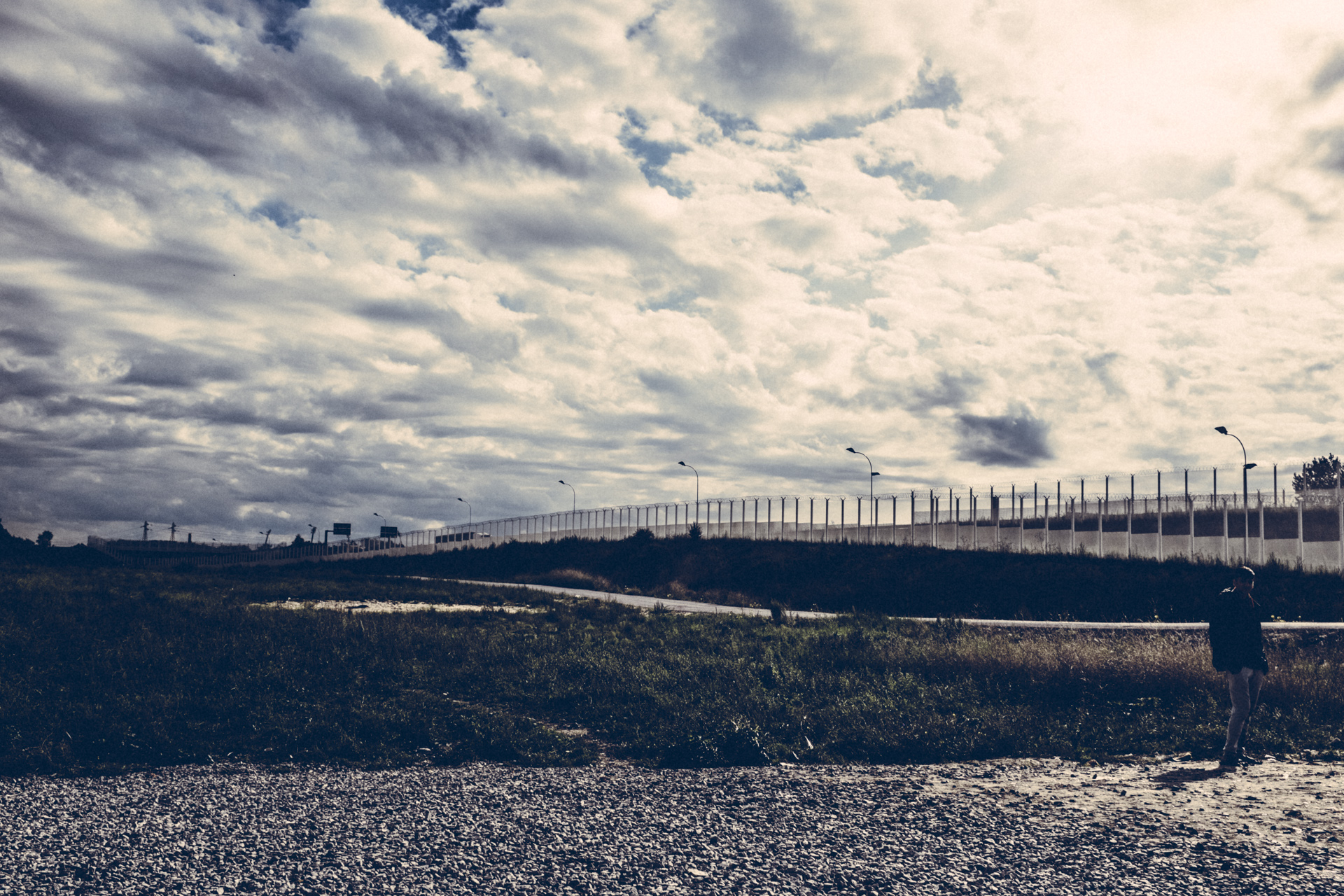
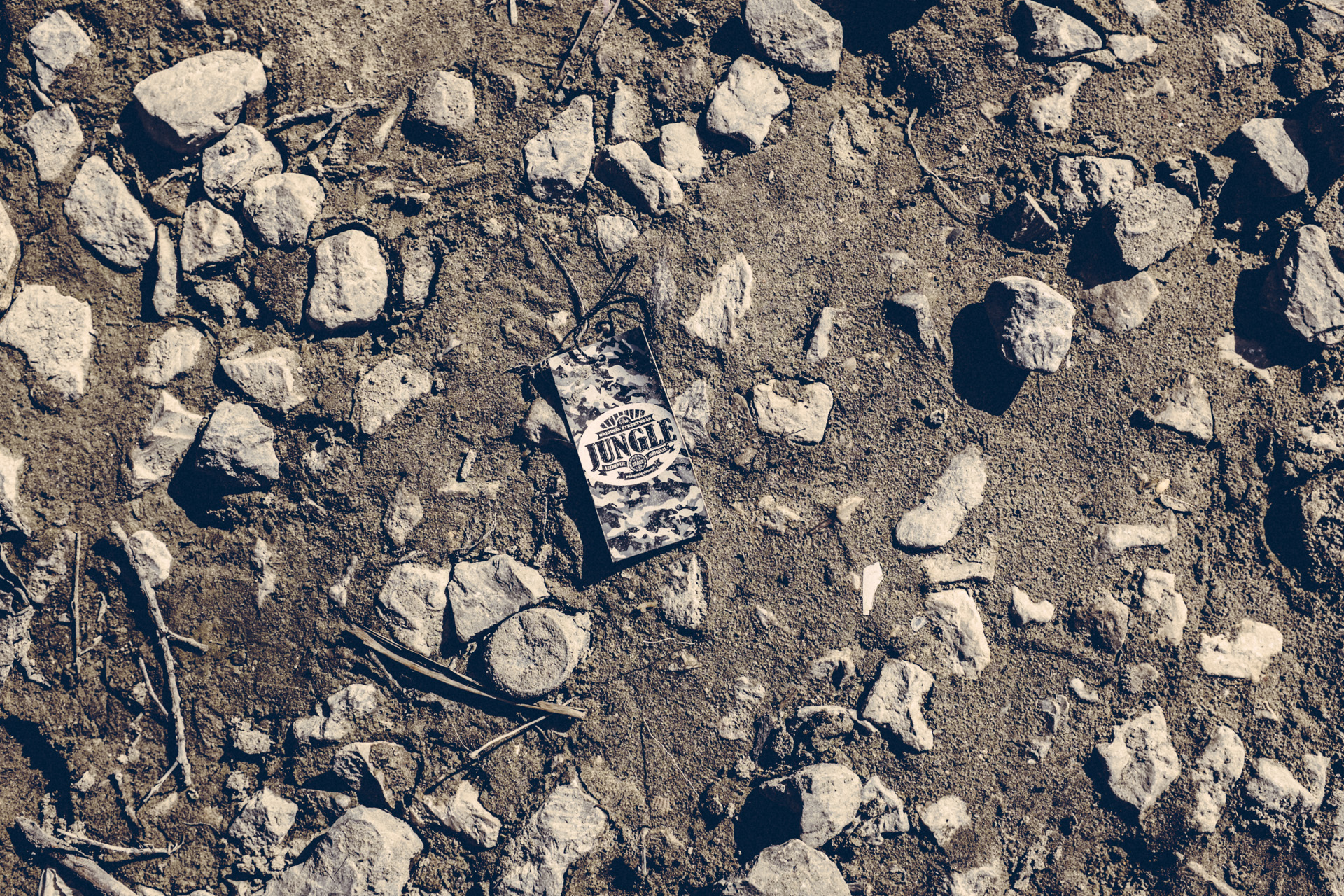
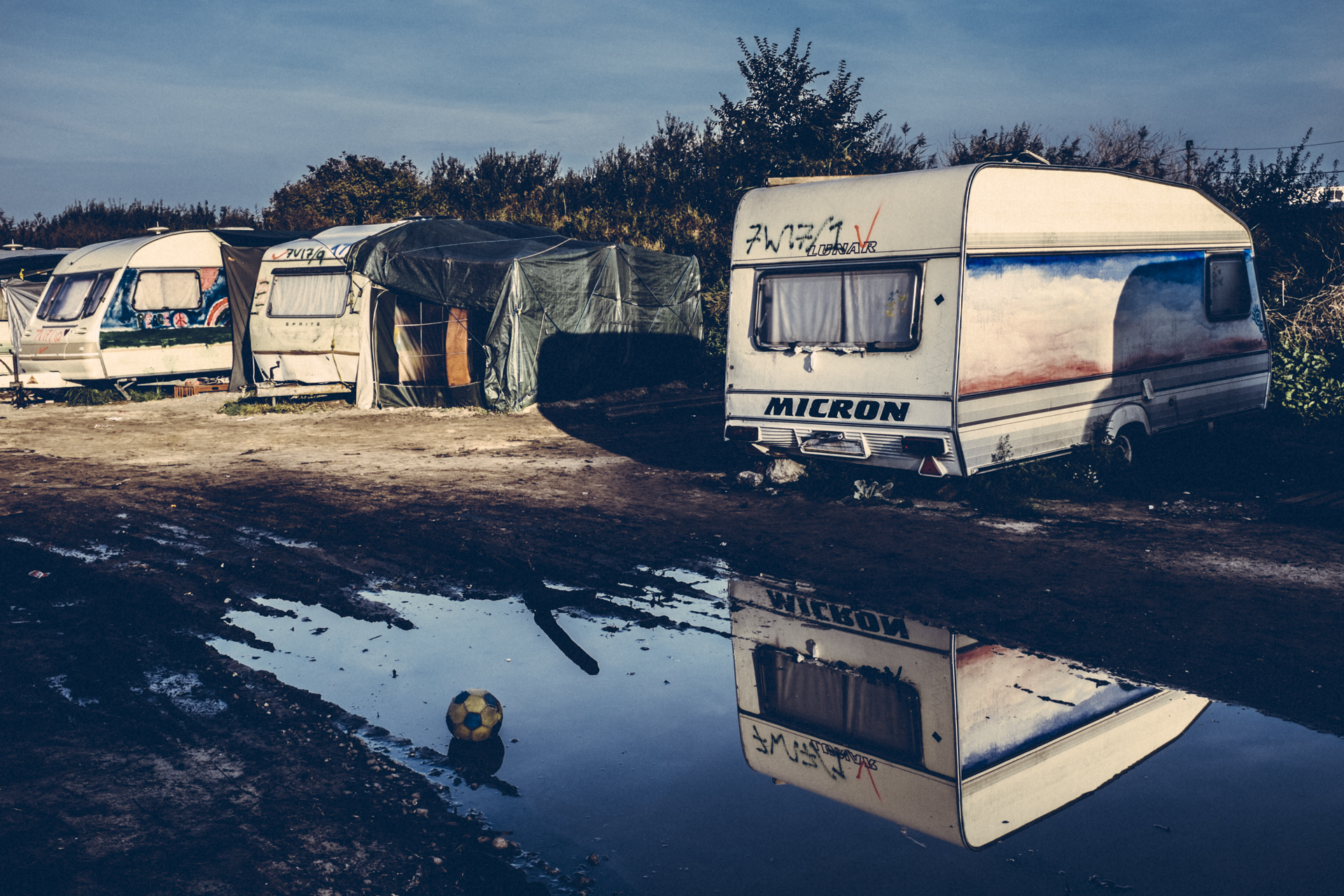
Meeting Aimal Khan was like putting a smile and a pair of olive-dark innocent eyes in the midst of muddied shanty-town that was said to hold over thousand unaccompanied minors. Like the nameless boy who died the week before, Aimal Khan’s journey by land took him from Afghanistan first to Pakistan, then to Iran, to Turkey and several countries in-between until he eventually arrived in Europe. Aimal Khan too applied for asylum while in the Jungle to reunite with his brother in the U.K.
At l'Ecole Laique du Chemin des Dunes. Calais, France. 2016.
The destruction of the Jungle is planned to begin as of Monday October 24th, 2016, after fourteen years of existence. Coming to think of it, this camp has been around as long as Aimal Khan has been alive. Much of the debate about the camp’s destruction has been around re-settling of thousands of immigrants, especially the most vulnerable, unaccompanied minors among them, like Aimal Khan.
According to the October census of the Help Refugees, there were 608 unaccompanied children in the Jungle. His facial hair yet to thicken on his baby face, Aimal Khan, and all those other hundreds of children like him endured already far too long. For them, after many traumatizing months alone on the road, the Jungle offered some sense of stability before their final destination.

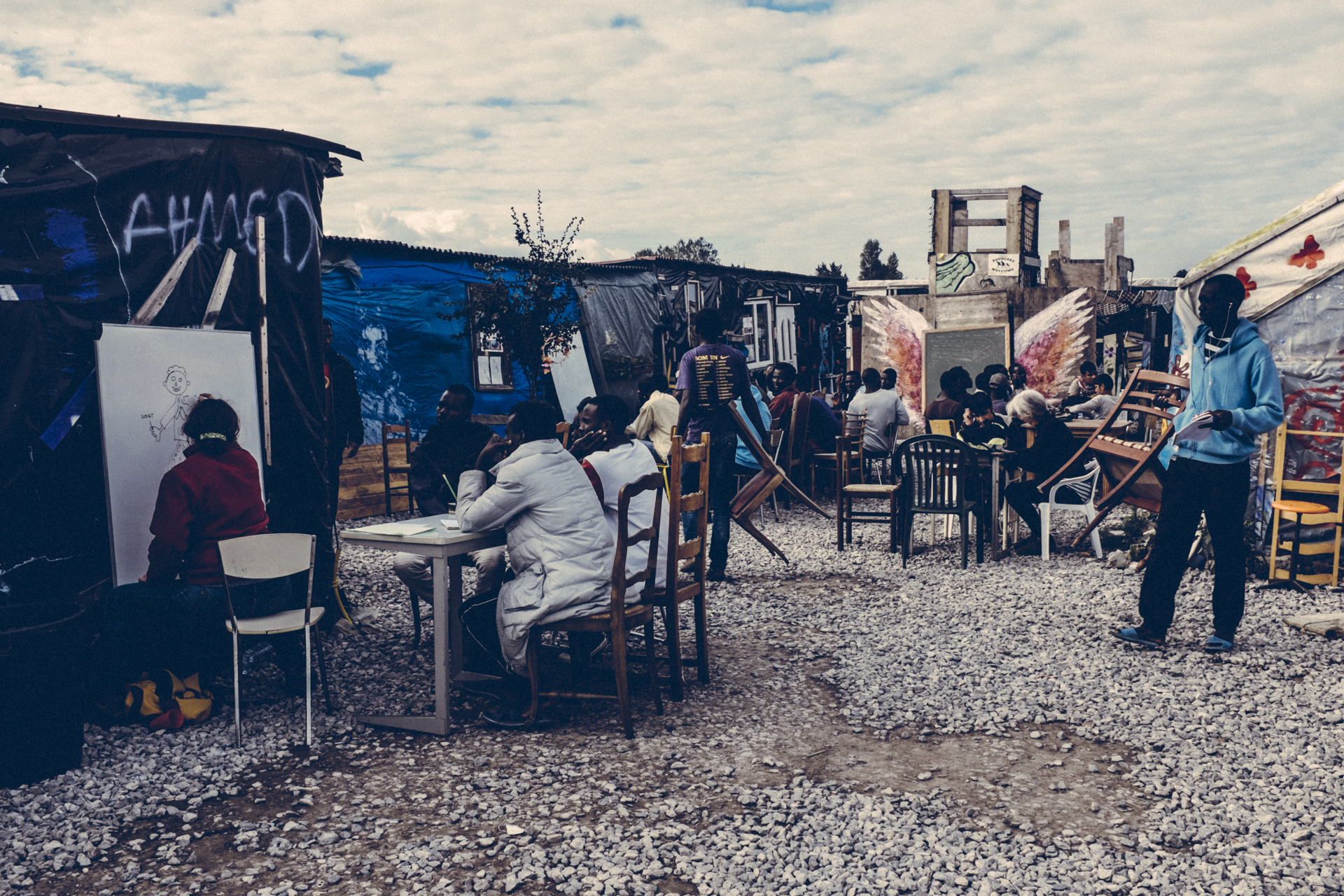
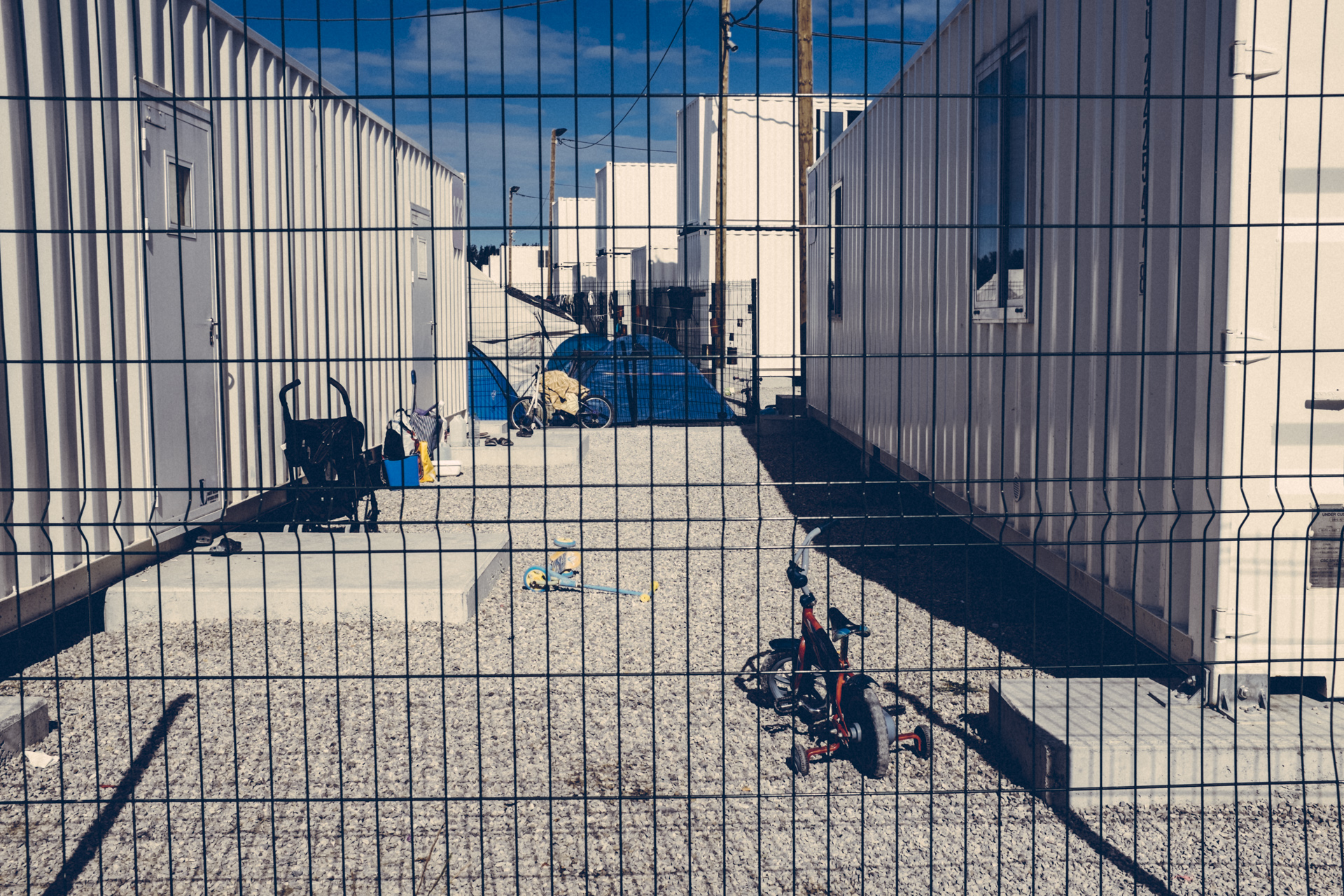

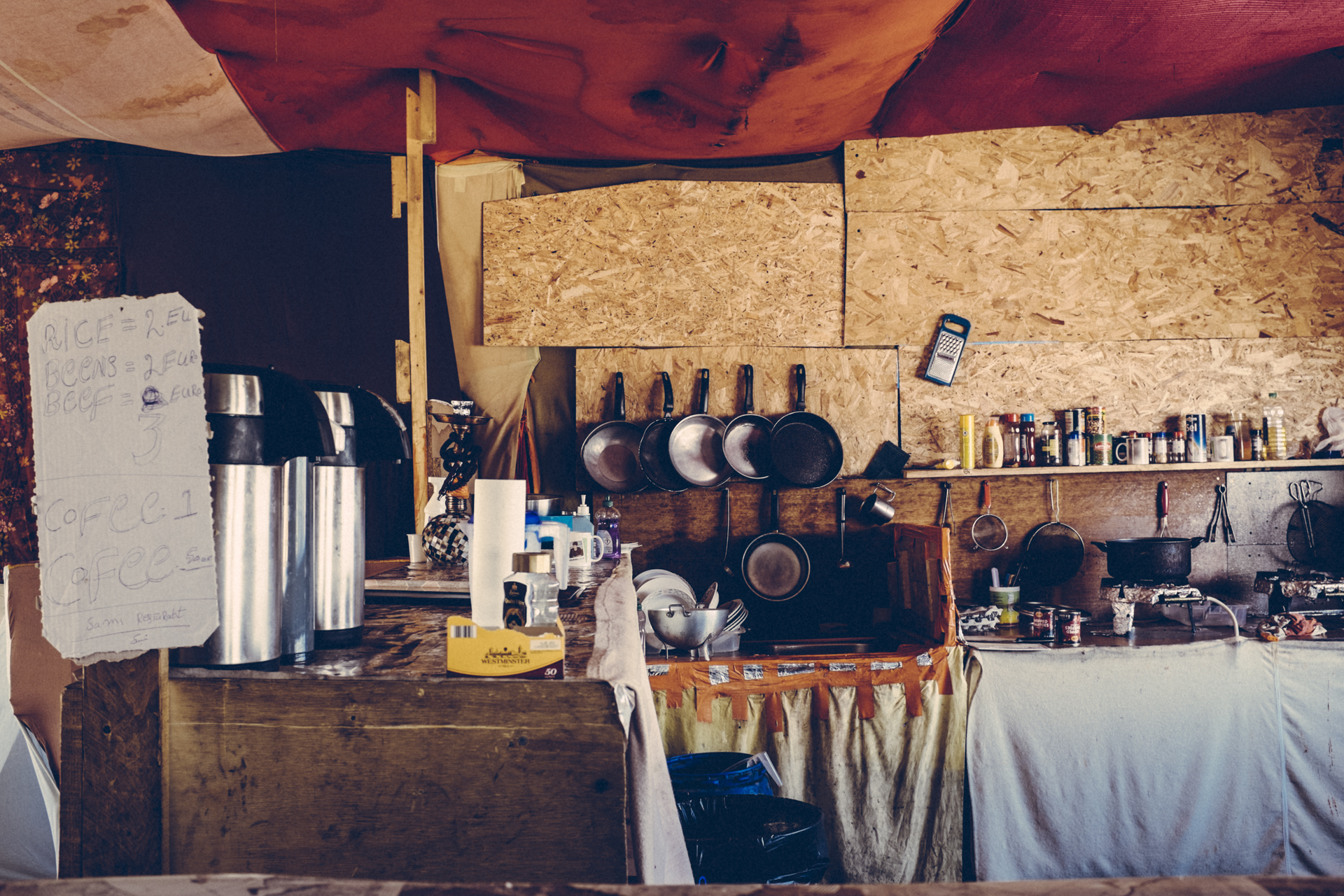
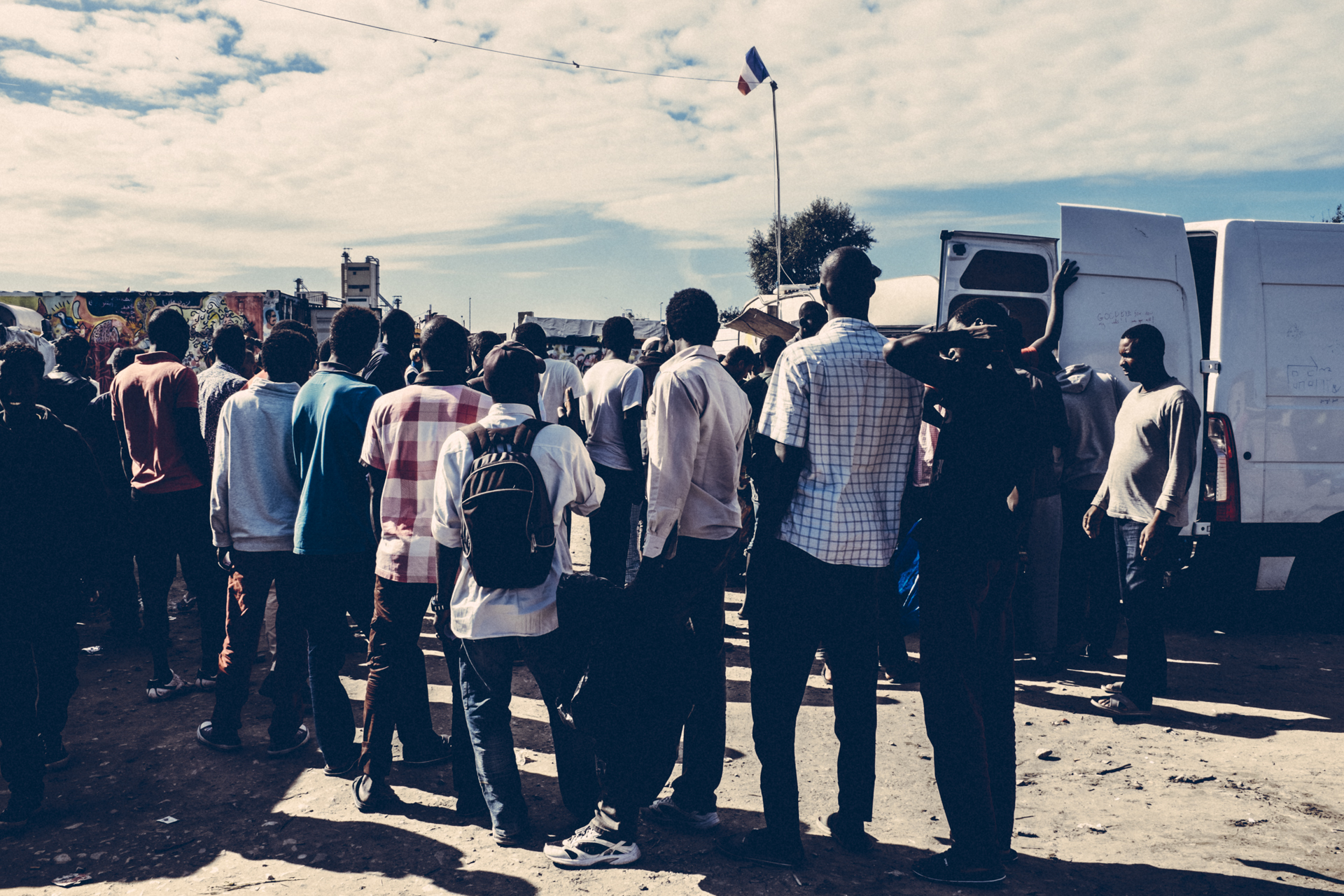
I met Aimal Khan at the Refugee Youth Center in the Jungle. His innocent, still hopeful smile was impossible to miss, so out of context in the surrealistic existence of the Jungle in the middle of Europe. We began speaking, in English, the common language between us, which we both learned in foreign lands. His story, of being hospitalized while in Turkey, then being taken hostage in Hungary, should have wiped off all traces of hope in his eyes but seemed to have made him only stronger. His innocence was still impossible to be overlooked.
Since meeting Aimal Khan, for the hope that he gave to me, I couldn’t cease to think of the next time we would encounter one another but with the days of the Jungle numbered, I feared that this would never happen. As much as I feared about what would happen to him along with other unaccompanied children with the physical destruction of the camp, I was also worried that he would try to jump on a truck believing this would be the only way to find his brother in the U.K. Risking his life would mean, worst of it all, that he too had lost hope.
Make-shift Church in the Jungle. Calais, France. 2016.
Each day leading to the day of destruction, I waited to hear about Aimal Khan from contacts on the ground. One morning there was the news of a small number of unaccompanied minors from the Jungle, the first group of 14 who arrived in the U.K. to reunite with their families. In the picture of the article there was Aimal Khan getting off the bus in the south of London. I could feel how happy he must feel to be so close to see his brother again. I knew his hopefulness survived one more struggle, hopefully the last one.
The story of Aimal Khan is one of exception just as his hopeful, innocent smile he managed to maintain despite this life offered to him thus far between war of where he came from and the human ghetto he had just survived. Although exceptions don’t make the rule, and the Jungle is to be dismantled, Aimal Khan’s presence also proves that there were young, beautiful, hopeful smiles, some laughter and hope there. In the days to come, as Calais we’ve known will come to an end, at least there will be some stories of hope to remain for some children who were as lucky as Aimal Khan. Inevitably and sadly, however, many more will be moved and shuffled, and unfortunately their smiles vanished.
The Jungle. Calais, France. 2016.
Special thanks to Polyvalence Association, France for their support in providing me with the conditions and for their support to the migrants in the Jungle.




